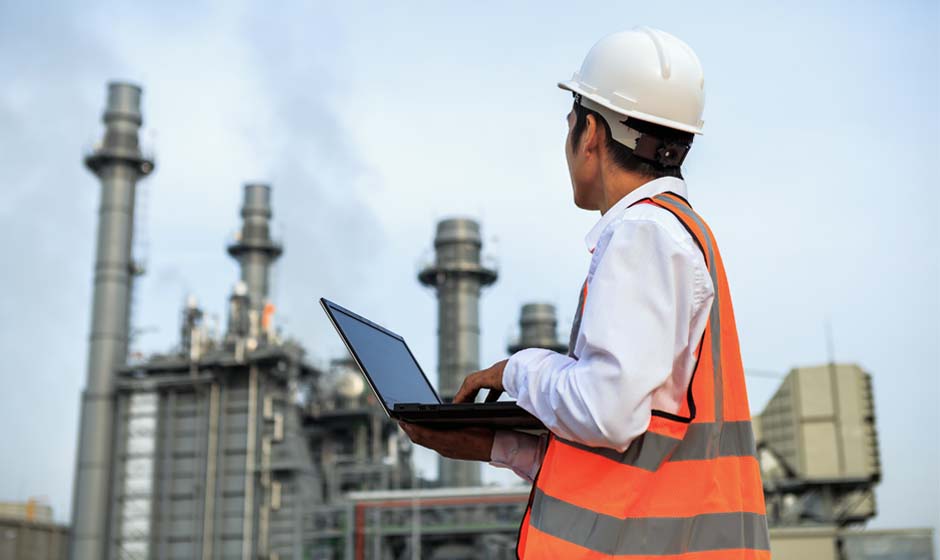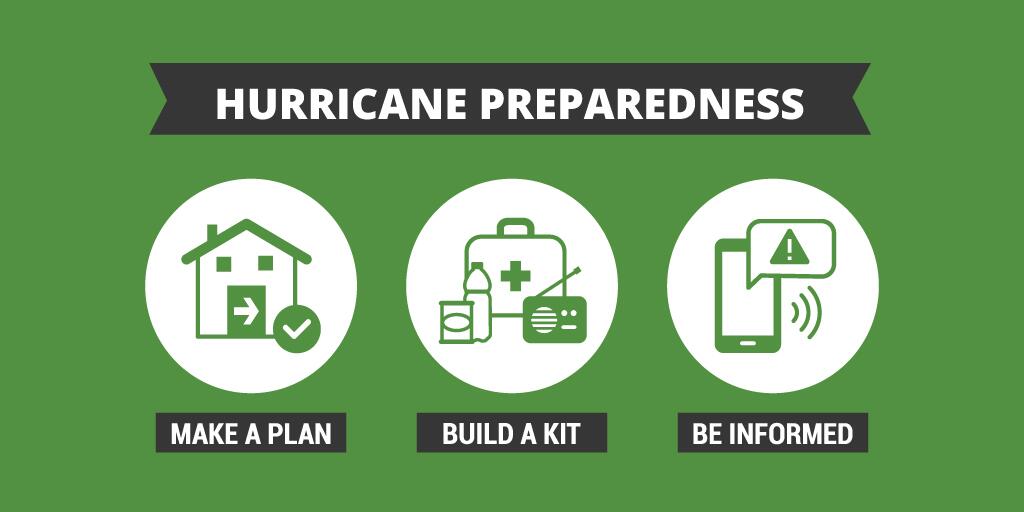Taking to the Skies: The Evolution of Offshore Helipads over the Last 30 Years
In the fast-paced world of offshore oil and gas operations, efficient transportation is essential. Helicopters provide a vital means of transportation to and from offshore installations, ensuring the safe and timely movement of personnel and equipment. Over the last three decades, offshore helipads have undergone a significant transformation, driven by advancements in technology, safety regulations, and industry practices. In this blog, we explore the development of offshore helipads and the key factors that have shaped their evolution.
Safety Standards and Regulations
Safety has always been a paramount concern in offshore operations. In the last 30 years, there has been a significant improvement in safety standards and regulations governing helipads. International organizations and industry bodies, such as the International Civil Aviation Organization (ICAO) and the International Association of Oil & Gas Producers (IOGP), have developed stringent guidelines for helipad design, construction, and operation. These guidelines focus on aspects such as landing area size, lighting, firefighting systems, and emergency response protocols, ensuring a higher level of safety for helicopter operations offshore.
Advanced Technologies for Enhanced Safety
The development of advanced technologies has played a crucial role in improving the safety and efficiency of offshore helipads. Innovations include the implementation of helideck monitoring systems, which provide real-time information on helipad conditions such as wind speed, temperature, and wave height. This data helps operators make informed decisions regarding flight operations, reducing risks associated with adverse weather conditions. Additionally, helidecks equipped with specialized lighting systems, such as HAPI (Helideck Approach Path Indicator), enhance visibility for pilots during approach and landing, further optimizing safety.
Increased Capacity and Efficiency
Offshore helipads have witnessed a significant increase in size and capacity over the years. Early helipads were typically small and limited in their capacity to accommodate helicopters. However, advancements in helideck design and engineering have led to the development of larger and more robust helipads capable of handling multiple helicopter operations simultaneously. Alongside increased capacity, innovative design features, including helipads equipped with heli-walkways for passenger boarding and cargo handling systems, have improved operational efficiency, reducing turnaround times for helicopters.
Integration of Technological Advancements
The integration of modern technologies within offshore helipads has further revolutionized their functionality and safety. For example, helidecks can now be equipped with heli-access systems that facilitate the safe transfer of personnel or cargo between helicopters and offshore installations. These systems utilize motion-compensating gangways or bridges, providing a stable and secure connection for transfer operations, even in challenging sea conditions. Similarly, the integration of offshore communication systems, such as dedicated helideck radio channels and remote monitoring capabilities, enables seamless communication between helicopter crews and the offshore facility, enhancing operational coordination and safety.
Environmental Considerations
As the global focus on environmental sustainability has grown, so has the emphasis on developing offshore helipads with minimal ecological impact. Measures have been implemented to mitigate noise pollution from helicopter operations, including the use of acoustic enclosures around helidecks and the adoption of noise-reducing technologies in helicopter designs. Furthermore, efforts have been made to protect marine ecosystems during helideck construction through the implementation of environmental impact assessments and the use of low-impact construction techniques.
Conclusion
Over the last 30 years, offshore helipads have undergone a significant transformation, driven by advancements in safety standards, technology, and sustainability considerations. These developments have propelled offshore helicopter operations to new heights of safety, efficiency, and environmental responsibility. As the oil and gas industry continues to evolve, the design and construction of offshore helipads will undoubtedly continue to advance, adapting to the changing needs of the industry and ensuring the safe and efficient transportation of personnel and equipment to and from offshore installations.
Onward's Helipad Inspections
At Onward, we understand the urgency of maintaining helideck integrity. Our comprehensive inspections are designed to identify potential hazards, ensuring compliance with regulations and industry best practices. By partnering with us, you can prevent incidents like the one outlined in the alert. Our thorough assessments and tailored approach empower you to mitigate risks effectively, safeguarding personnel and assets. Let's work together to prioritize safety and prevent helideck incidents. Schedule your inspection with Onward today.



